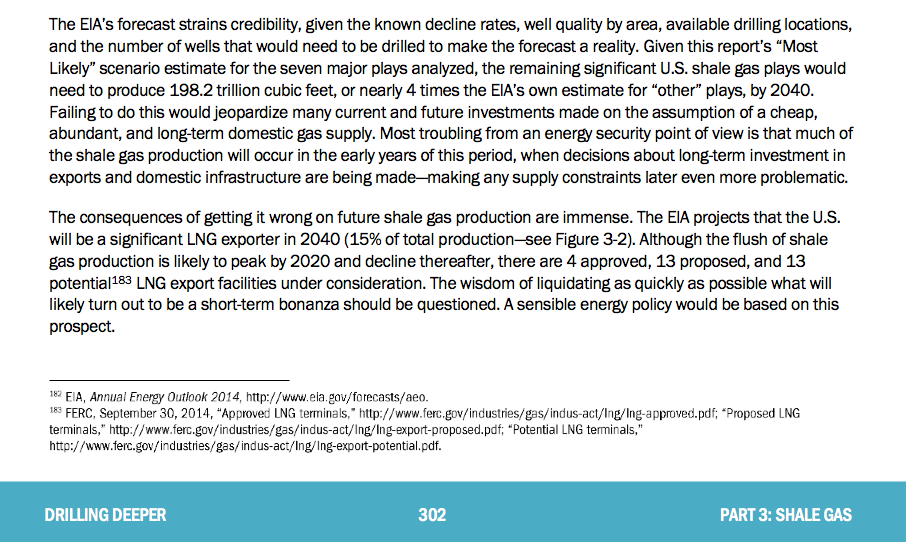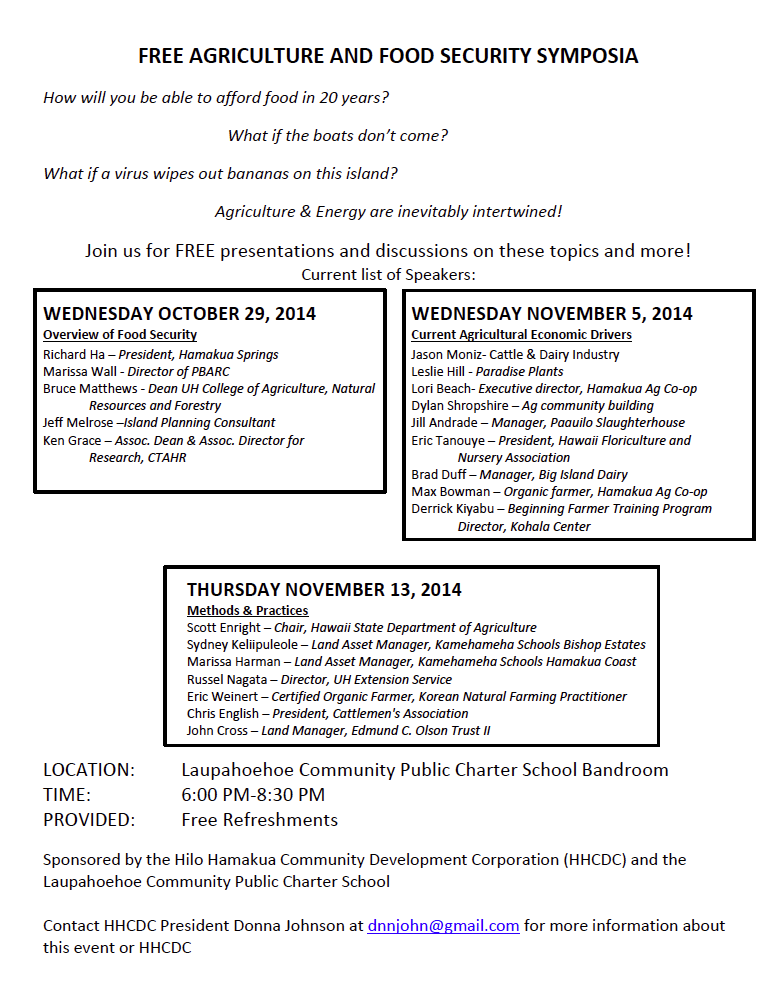My letter to the editor titled Stay Home ran in today’s Hawaii Tribune-Herald.
Stay Home
Regarding the Thirty Meter Telescope: Now, outsiders are coming to the Big Island to run our lives. Since when is that pono? Stay home. We don’t want you here.
The outsiders want to stop the TMT. Listen: We have the state’s lowest median family income. We have drug problems, spousal abuse problems, teenage pregnancies and the social ills that follow from that. The TMT is the only entity actually putting its money — a lot of it — where its mouth is.
They are offering education, the great equalizer. We of the older generation, fortunate enough to have our educations, are lucky. No one can take that away from us. But what about the youngsters coming up? Who will help them?
Usually, the present generation tries to help the next generation do just a little bit better. But on the Big Island right now, it’s just the opposite. And it’s being influenced by folks with fame and money who don’t even live here.
I am a Hawaiian. I respect my culture and its religion and traditions. I also respect its future. The Facebook generation tends to think in terms of today and tomorrow, but we Hawaiians used to think in terms of seven generations.
In 140 years, there won’t be telescopes on the mountain at all. We need to think about this carefully and not just react. How will we save ourselves on the Big Island?
It concerns me that the TMT protestors are reacting, rather than planning. It’s short term and emotional decision-making. Where is their 10-year plan for getting where we need to be? There’s no plan at all.
The Thirty Meter Telescope people spent almost seven years interacting with the community about its concerns and developing a careful plan – now approved – that put lots of money, education, and jobs into our island’s economy. It was unprecedented. I know this because I attended almost every TMT meeting for seven years.
The people protesting now weren’t at those meetings. Most were only in middle school when the process began so they have no idea what went on and how much was accomplished. It was phenomenal, and set the bar for the level of engagement we can expect from a corporation coming onto the Big Island.
Tossing out the TMT people now would be an enormous mistake and send the worst possible message we could ever send to any other company that ever wants to do business in Hawai‘i.
I actually have great optimism about today’s young people. I see it in their faces when I work with them in the many issues I’m involved with – they are smart and passionate and engaged.
What we need now is for the ones who can see the big picture to step forward and lead. There are huge changes going on in the world right now, and some young people don’t understand this yet. Some older people don’t even fully realize it yet.
But everything you hear me talking about is to try to position our island and our next generations: So our electricity will be affordable. So our food will be affordable. So education will improve. So people will be able to find jobs. So our crime rate will not continue to soar. So our children and grandchildren won’t have to move to the mainland because they cannot afford to live here.
My message is always about having a plan for where our island and its people need to be in five, ten, fifteen years. The long-term plan needs to be about all of us, not just a few of us. The Thirty Meter Telescope will, in quite a few different ways, help us move toward that plan.
We need young people to lead us there, too.


